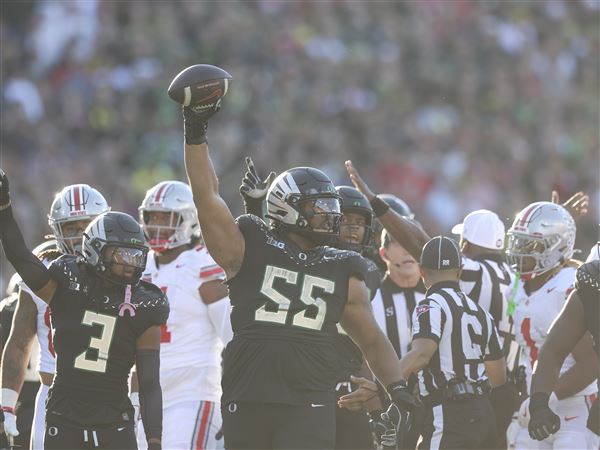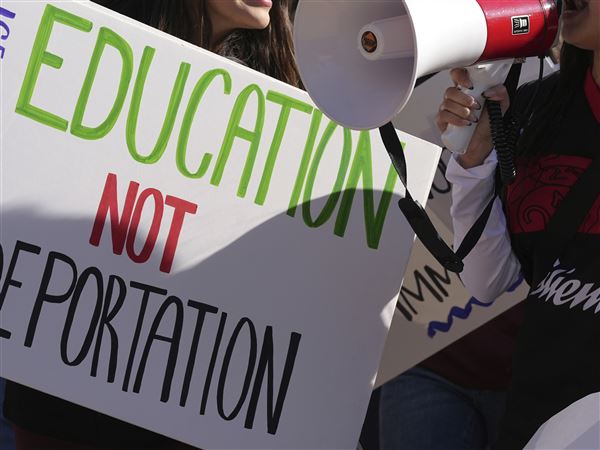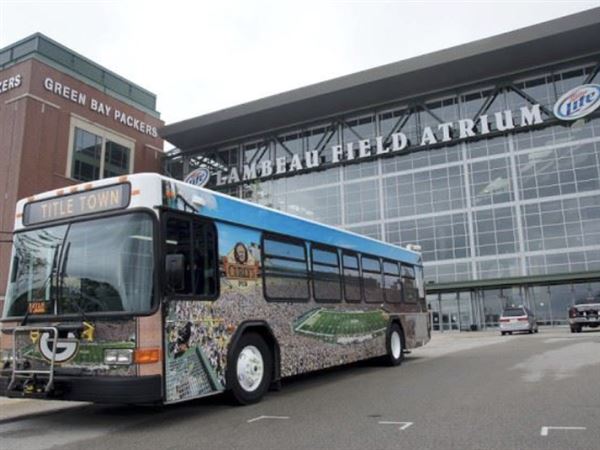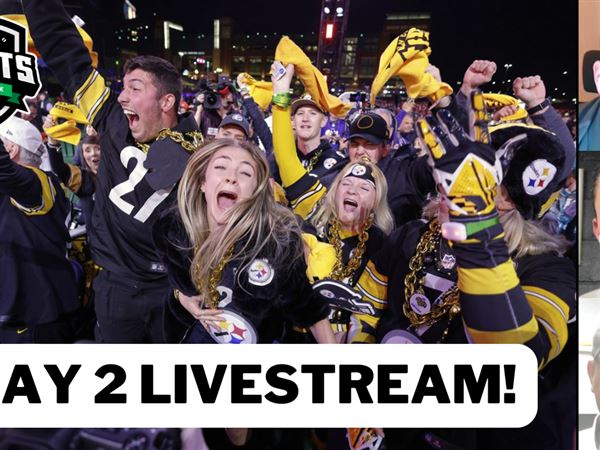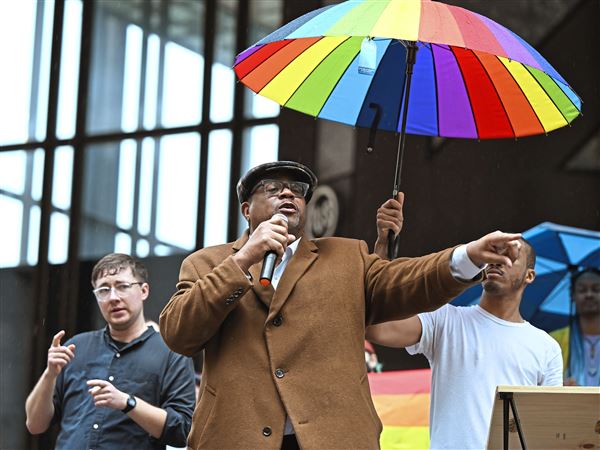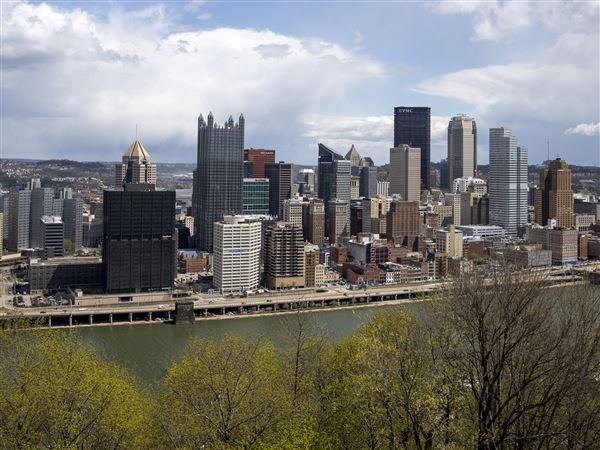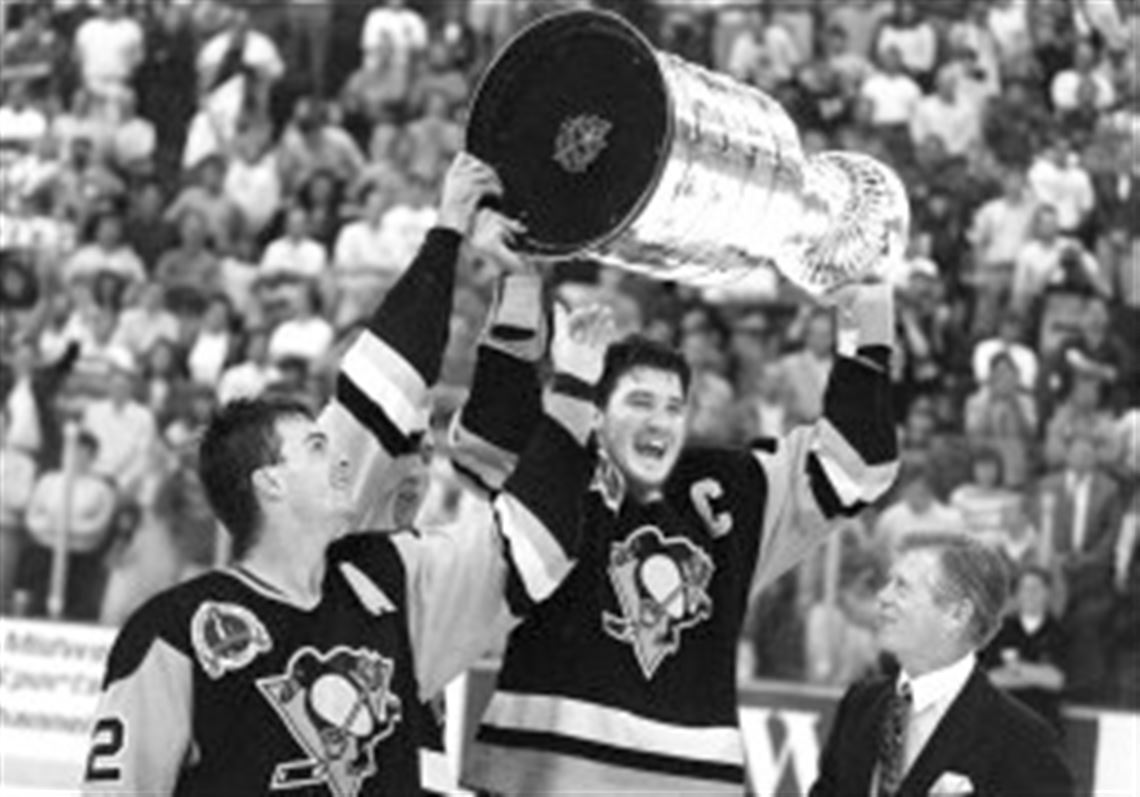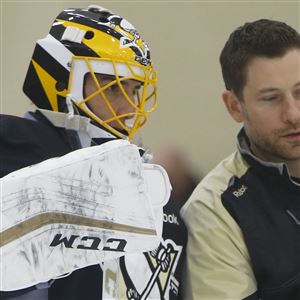The parallel is pretty obvious, of course.
And, it’s the only one that matters.
The Penguins won back-to-back Stanley Cups in 1991 and 1992, and they’ve done it again in 2016 and 2017.
That’s a nice feat to pull off every quarter-century or so.
Not surprisingly, despite being from different eras, the teams have a few things in common.
Both had a lineup anchored by one of the game’s all-time elite players, be it Mario Lemieux or Sidney Crosby.
There was quality coaching, whether from a staff headed by Bob Johnson, Scott Bowman or Mike Sullivan.
The role players were highly effective. Guys like Matt Cullen and Nick Bonino on the team that won the past two Cups, Bob Errey, Troy Loney and Phil Bourque, among others, in the early 1990s.
The teams also shared a ferocious willingness to compete all over the ice, on every shift. And both almost seemed to feed off adversity — whether it was Kris Letang’s absence because of neck surgery or playing most of a series without Lemieux while he recovered from a broken hand — rather than fade because of it.
But while the team that just defeated Nashville in six games had a terrific lineup, it might have been overwhelmed by the talent on the squad that won Cups in 1991 and 1992.
Sure, Crosby and Malkin probably are the best 1-2 punch in the game today, and Phil Kessel’s offensive talents are a terrific complement to them.
That’s a pretty impressive foundation — even without mentioning goaltenders Matt Murray and Marc-Andre Fleury, or Letang — but these Penguins might have been hard-pressed to keep up with a split-squad from the Penguins of 25 years ago.
That team featured no fewer than five Hall of Famers — Lemieux, Ron Francis, Bryan Trottier, Joe Mullen and Larry Murphy — and would have had a sixth if Paul Coffey hadn’t been traded a couple of months before the playoffs. Of course, No. 6 will be added eventually, if Jaromir Jagr ever decides to stop playing.
Assembling that kind of roster today wouldn’t just violate the salary cap; it would cause it to spontaneously combust.
With no cap in place then, the Penguins were able to collect enough talent under one domed roof to pull off some remarkable accomplishments.
The 2017 Penguins won three games in a row three times during the playoffs, which is quite impressive.
At least until you compare it to what the 1992 club did. Those guys tied an NHL record by winning their final 11 games, the last four victories coming against a Chicago team that had established the 11-victory mark during the previous three rounds.
The Penguins of the early ’90s had some larger-than-life personalities, too. While the 2017 Penguins are, for the most part, pleasant and cooperative with reporters, only a few say anything terribly insightful, let alone inflammatory.
Contrast that with say, Kevin Stevens, whose unvarnished candor effectively wrote so many stories that he should have shared bylines with a lot of the people who covered him.
Stevens, for all the warts and flaws that have bedeviled him for much of his life, was a boisterous sort who was — and still is —adored by the guys with whom he played.
These Penguins have one of those, too.
At least for a little while longer.
General manager Jim Rutherford, recently labeled Fleury “probably the best team player in all of sports,” and no one who has shared a locker room with him uttered a syllable of protest.
That’s a striking contrast with the Penguins’ go-to goalie of a quarter-century ago. That was the supremely talented Tom Barrasso, whose often-prickly personality made him a bit less popular than the gunk [go ahead, Google it] with many people, including some teammates.
Barrasso was in goal the night the Penguins’ domination of the early 1990s abruptly ended, as David Volek of the New York Islanders beat him in overtime of Game 7 during the second round in 1993 to complete a seismic upset.
Those Penguins peaked in 1992-93, recording a team-record 119 points and earned the franchise’s only Presidents’ Trophy, but losing to the Islanders sent them hurtling back toward the middle of the pack.
Only a team so deep and talented could be viewed as underachieving for winning only two Cups.
The core group of the current Penguins already has three, and a realistic shot at winning more.
And ultimately, championships count for even more than Hall of Famers.
Dave Molinari: Dmolinari@Post-Gazette.com and Twitter @MolinariPG.
First Published: June 17, 2017, 10:00 a.m.
